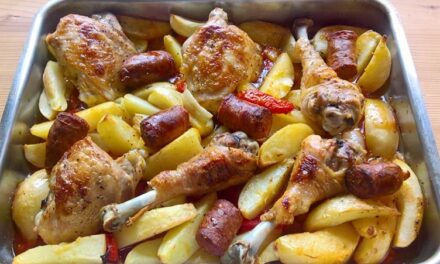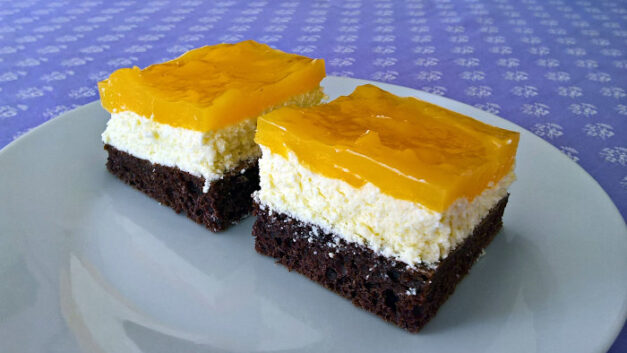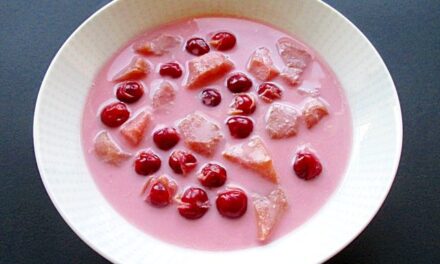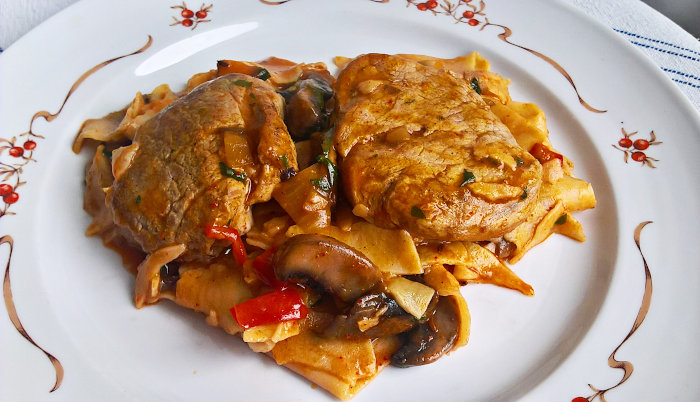Winter is the season of pig slauther in Hungary, the time when you wake up at the weekend to the noise of gas cylinders used to singe the pigs and when the vermilian sausages – the true stuff of worship – appear in bodily form. The Hungarian cuisine produces a vast number of types of sausages, each region has their own recipes and tastes, the knowhow of sausage making is passed on to sons from their fathers. So, let me share with you how we make it here on the Great Hungarian Plain.

The first and most important factor is the meat, which is basically pork, but it may be mixed with beef sometimes. Nearly every part of a pig can be suitable for making sausage; however, fatty meats (e.g. shoulder) enjoy advantages in this case. Good sausage can’t be made from only lean pork, therefore it has to be complemented with fat from the belly or the jowl of a pig. Sausage meat ideally consists of 70% meat and 30% fat, but this proportion may be changed to 65%-35% or 60%-40%.
Grinding and seasoning
The meat has to be fresh, and must not be washed or soaked in water because sausage can easily get spoiled. It’s recommended to wipe blood with a dry cloth, and cut out parts that are too bloody. Meat can be finely chopped or ground. If you decide to grind it, meat has to be chilled since the colder the pork is, the less it’s shattered. Sinews, cartilage and membrane that would worsen the sausage’s quality have to be removed. Meat can be finely or coarsely ground, it’s up to you which plate you use while putting the meat through the grinder. The next step after grinding is seasoning.
The majority agrees that sausages that don’t contain paprika can’t be called kolbász, they are just salami. In my family we season the meat with four ingredients: Hungarian paprika, salt, ground caraway seeds and garlic. In addition ground black or white pepper and sugar (it makes the cut end shiny) can be added, too. When the meat is seasoned and thoroughly mixed, leave it to rest for about 1-2 hours in order to let the flavours merge a bit.



















21 Comments